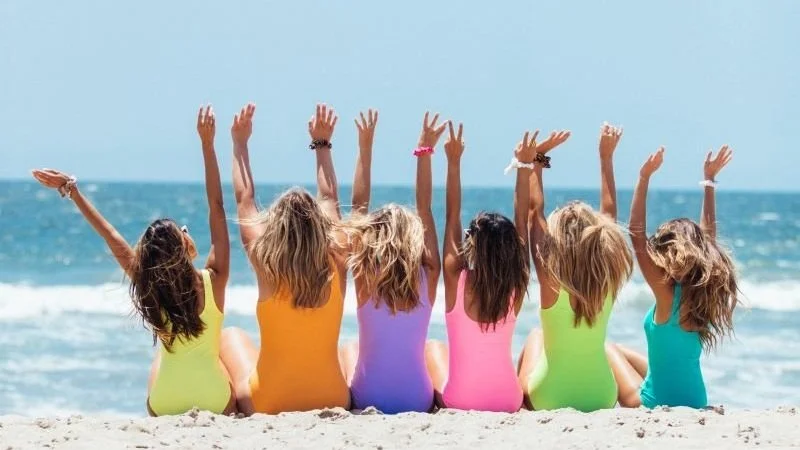Summer Hydration
It’s summertime!
Since the earth does that nifty thing where it tilts, we earthlings are gifted with warmer weather and more hours of sunlight this time of year.
And as the temperature climbs, it’s no surprise that we start feeling thirstier. That’s when staying hydrated becomes even more important.
I promise that the typical person does not need to know or do some mysterious wizardry or drink fancy-marketed hydrating potions to stay hydrated. Although, it’s a bit more complicated if you are an athlete (older folks and pregnant women also have specific hydration needs).
So, what's the best way to quench your thirst? And how much fluid does your body need to stay cool and healthy in the summer heat?
When it comes to choosing what to drink, your activity level should be the main factor (Hey athletes!). If you’re mostly sedentary and spend time in air-conditioned or climate-controlled spaces, dehydration isn’t something you’ll have to worry about as much.
While water is the best choice for your body, other drinks can help too. Juice, soda, tea, and even iced coffee (can I get a “Hallelujah!”?) can contribute to keeping you hydrated. That said, it’s still important to think about your health and weight goals when picking these drinks, since the calories can sneak up on you pretty quickly.
So, how much should you actually be drinking? For most people, listening to your body’s thirst cues is a solid guide. On average, you’ll need about 3 liters of water a day—one liter comes from food, and the other two should come from drinks. Of course, your personal needs can vary based on things like age, weight, gender, and overall health. Some folks, like larger individuals, older adults, pregnant women, kids, and babies, might need more fluids since they can get dehydrated faster. (And, yes, athletes—you’re definitely in that group too!)
How can you tell if you’re dehydrated? One easy way is to check the color of your pee. The lighter the color, the better hydrated you are. If it’s darker, that’s a sign you probably need to drink more fluids. Just keep in mind, the color might look a little lighter in the toilet since the water dilutes it. (Quick side note: If you’re taking B vitamins, your pee might look bright yellow, kind of like a highlighter. Some multivitamins and energy drinks can do this because they pack a lot of B vitamins).
If you’re feeling worried about dehydration, look out for signs like headaches, fatigue, dizziness, nausea, or even a racing heart. If you’re noticing any of these, it might be time to hydrate and seek medical attention!
The key takeaway here is pretty simple. You can drink to match your thirst unless you are an athlete, a baby or small child, an elder, pregnant, or someone with more specific hydration needs due to illness (vomiting and diarrhea – in this case, drink some electrolytes too).
If you are a senior citizen or pregnant, you can increase your fluid intake by 1L (~4 cups or 32 ounces) daily.
Remember: this post is for informational purposes only and may not be the best fit for you and your personal situation. It shall not be construed as medical advice. The information and education provided here is not intended or implied to supplement or replace professional medical treatment, advice, and/or diagnosis. Always check with your own physician or medical professional before trying or implementing any information read here.

